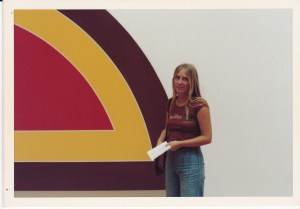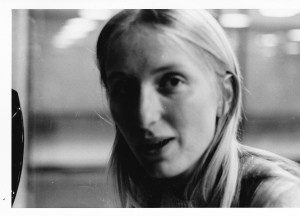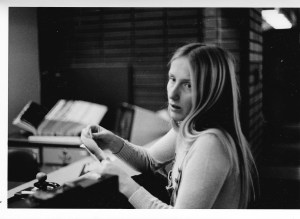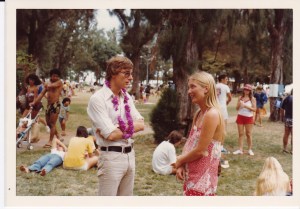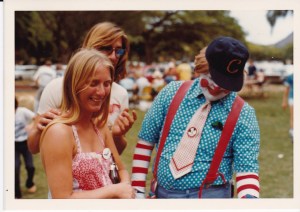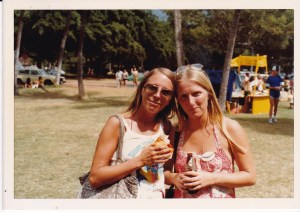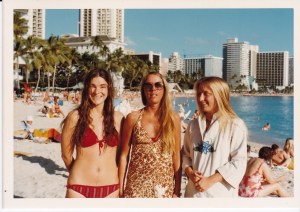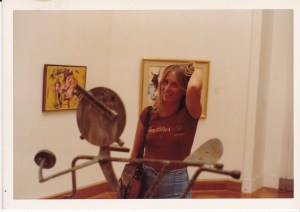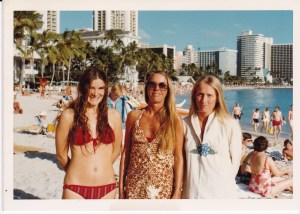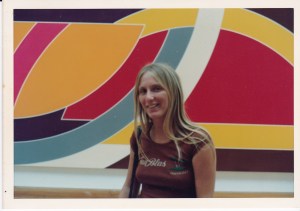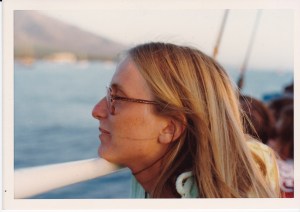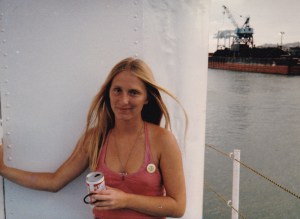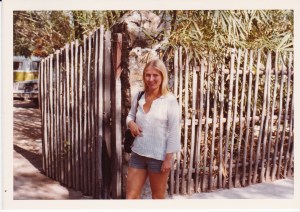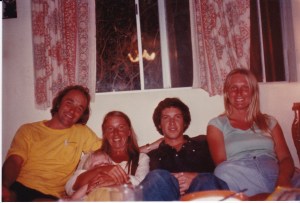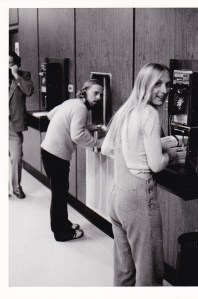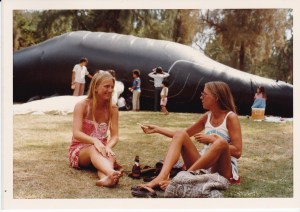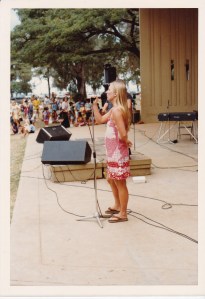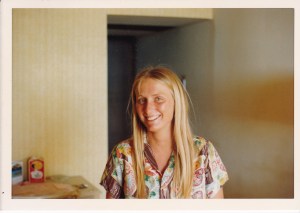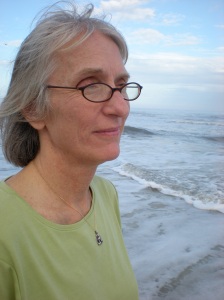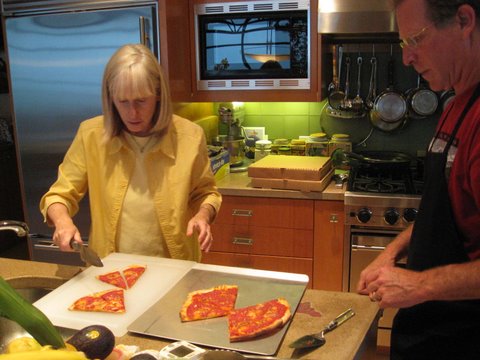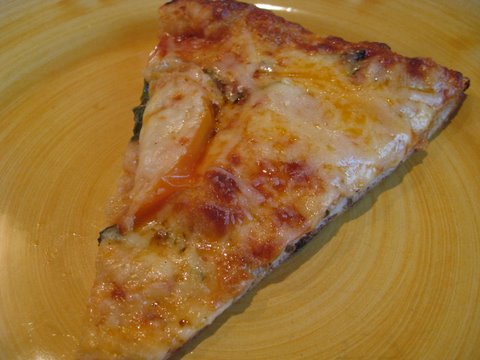In Memory of Robert O. Taunt, III
March 1, 2014
I first met Bob Taunt in 1977 at the Clift Hotel in San Francisco. At the time I was a volunteer lawyer for the San Francisco Greenpeace office and had been sent to discuss a benefit concert that Bob had offered to produce. Well, this is interesting, I remember thinking. The Clift Hotel was hardly a regular hangout for local environmental activists, and Bob hardly fit the image of your typical scruffy unwashed Greenpeacer. But as I got to know him it was clear that his passion for the environment, and for the Greenpeace cause in particular, was exceeded by no one. And while some in Greenpeace may have been a bit put off by what they perceived as his elitist image, I think there was more to it than a mere appreciation for nice clothes and the finer things in life. Bob wanted Greenpeace to be taken seriously, and he understood the importance of image in gaining access to the corridors of power. As things developed, plans for a benefit concert quickly were put aside as Bob’s talents were recognized and he became deeply involved in Greenpeace’s two major campaigns of the time, its opposition to Soviet whaling in the Pacific and to the annual harp seal slaughter off the coast of Newfoundland. Bob had a unique ability to open doors and get things done through persistence and his force of personality, complimented by his contacts with political figures such as Leo Ryan and Governor Jerry Brown. No one understood how to use the media better, or could perform with more aplomb in front of the camera, than Bob. The fact that he had Walter Cronkite’s home phone number didn’t hurt either. In 1978 he wound up being the chief organizer of the Greenpeace Seal campaign, putting together a delegation consisting of Leo Ryan and Jim Jeffords, plus a number of celebrities, to go to the ice to bear witness to the slaughter. When the Canadian government sent a representative on a press tour of the US to defend the hunt, Bob sprung into action and organized a counter tour, flying to New York and almost getting the Canadians arrested for bringing a can of seal meat into the US in violation of the Marine Mammal Act. As you can imagine, Bob was in his element. Following that campaign, he also helped organize and lead the 1978 anti whaling voyage in the Pacific. Bob also devoted a great amount of energy trying to move Greenpeace to a higher level of organization, being appointed head of a committee attempting to create a structure for an international governing body, an endeavor which unfortunately came to naught. This aspect of his work deeply pained him. Greenpeace at the time was a cauldron of competing political factions all out to protect or expand their turf, something that Bob found distressing. His allegiance was always clearly stated to Greenpeace as an idea, in its largest sense, and he hated having to take sides in its often petty internecine struggles. And while some in the organization felt that the righteousness of their cause made them exempt from the normal standards of behavior Bob always insisted on the highest level of honesty and integrity in his dealings.
But aside from all this he could also be very entertaining. His beautifully decorated flat on Liberty Street in San Francisco, with its spectacular view of the San Francisco skyline, became an alternative nerve center for Greenpeace operations, and was also the scene of a lot of fun and good times, as I’m sure Gary, his housemate, can attest. One episode I particularly remember, driving back to our hotel from a meeting on a foggy Vancouver night, Bob launched into a series of impersonations of various Greenpeace figures, including myself, that had us all in stitches.
Years later, I would often wonder, what was it about the Greenpeace cause that Bob, and so many others, found so compelling? I think in Bob’s case it went beyond a compassion for the suffering of the whales and the seals, and beyond a concern for the damage to the environment wrought by man’s greed and carelessness. I think Bob had a deep aversion to cruelty and violence in all its forms, and for him the image of blood on the ice or the image of a dying harpooned whale symbolized that violence and cruelty which permeates our existence to the point that it is almost taken for granted. Bob felt mankind could do better, and he tried valiantly to show a way to greater compassion and understanding.
And many years later, only recently, I recall watching on television at his home a gathering of politicians for the inaugural of Barak Obama, and thinking how by all rights Bob should have been among that group. Certainly he was more handsome, smarter, more compassionate, more eloquent, definitely better dressed, than most in that crowd. I wasn’t alone in sometimes noting that Bob seemed cut from the same cloth as the Kennedys. But such was not meant to be, and instead Bob devoted himself to making life better for those around him, and in that he certainly succeeded. Indeed, it is hard to imagine anyone coming in contact with Bob not coming away feeling enriched in some way—except, perhaps, for that waiter at the Buena Vista Café who had the misfortune of delivering a gin fizz that was not up to his standards; or that desk clerk at the Queen Mary Hotel in Long Beach who had the unfortunate task of informing Bob that room service was closed for the night; or that producer at ABC news whose job it was to inform Bob that the Greenpeace footage it was going to air on the evening news that night had been bumped.
Of the two of us Bob was definitely the more loquacious and were he in my place doubtless he could go on much longer. I will only add one final thought. As I’m sure all of you know, Bob endured more than his share of loss and suffering. During our time in Greenpeace, it was the loss of his friend Leo Ryan that hit him the hardest. Life is a mystery, and who can explain why, except to say that Bob rarely complained or expressed self pity. Instead, he lived life to the fullest, and in doing so gave us all joy and inspiration. My only regret is that we simply did not have more good times together, but for those things we did share I am truly grateful and can only express my deepest respect and admiration. Thank you Bob, and god speed.


